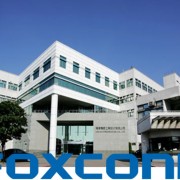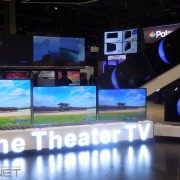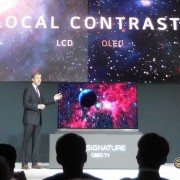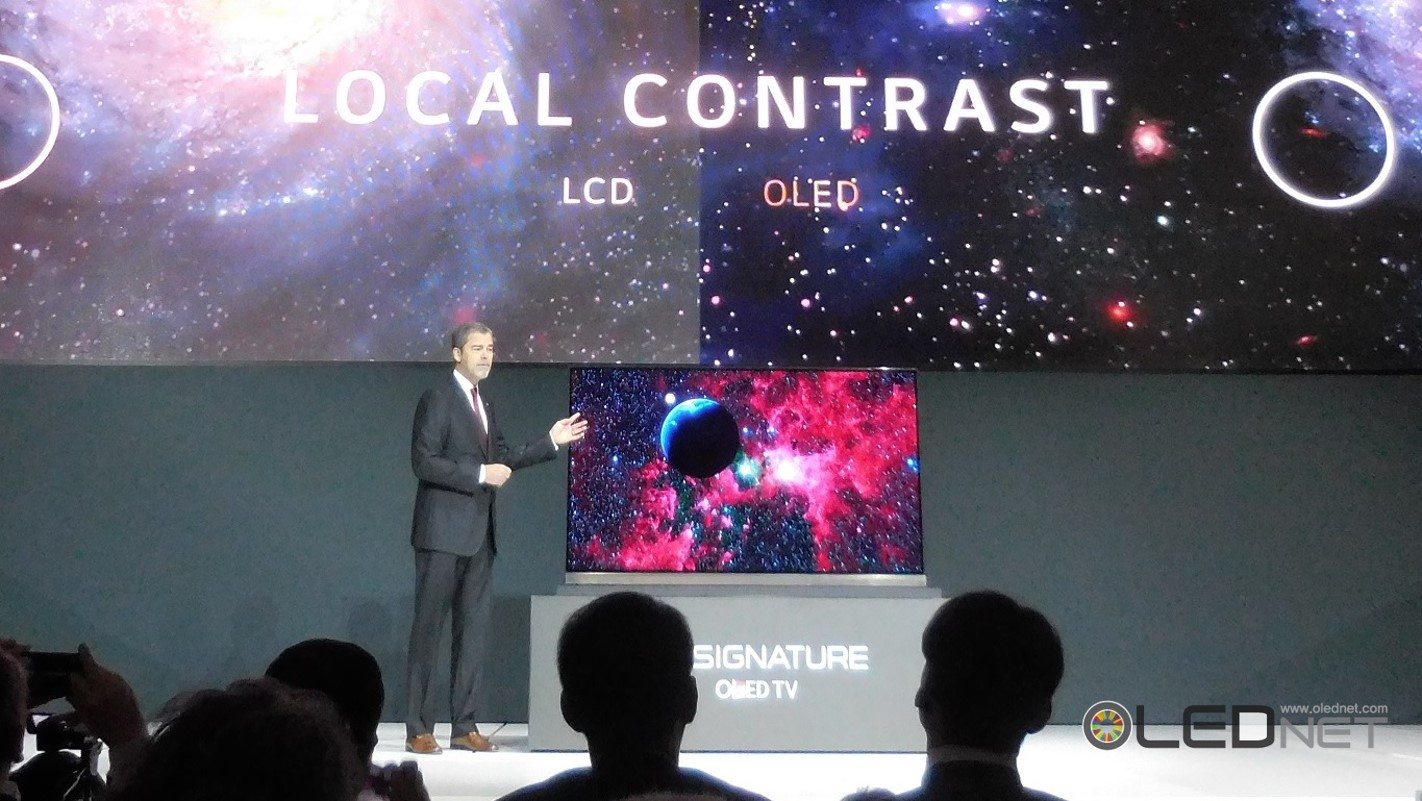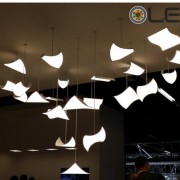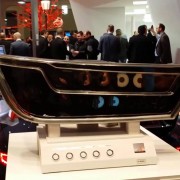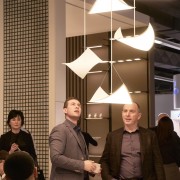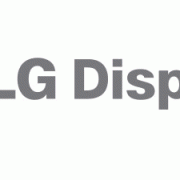Foxconn Takes Over Sharp…what will happen to Samsung·LG?
Hyunjoo Kang / Reporter / jjoo@olednet.com

Foxconn Decided to Buy Sharp for Approx. $ 3.5 billion, Source: Foxconn
On March 30, 2016, Taiwan’s Hon Hai’s Foxconn agreed to buy Sharp for about $ 3.5 billion. With this decision, there is much focus on how it will affect Korean display and set companies including Samsung and LG.
Foxconn, primarily an electronics contractor manufacturer, became responsible for Apple’s iPhone production and continued its growth. The fact that through this takeover Foxconn now possesses display mass production ability can greatly affect Korean companies that are currently leading the display and set market.
◆ Competition with Samsung·LG for iPhone Panel Supply Intensifies
A possible scenario for future includes Foxconn becoming a strong competitor for Samsung Display and LG Display in smartphone OLED sector for Apple’s iPhone.
Although Sharp is a company that produces LCD, it is estimated that Foxconn will invest in Sharp to mass produce OLED.
Apple is expected to release OLED equipped iPhone from 2017, and it is known that Samsung Display, strong in OLED, have agreed to supply the initial volume. As Apple has been close with LG in supply and demand of display, some believe that LG Display will become the biggest supplier in future.
However, if Apple’s key collaborator Foxconn begins to produce OLED, it could become a strong rival for Samsung and LG.
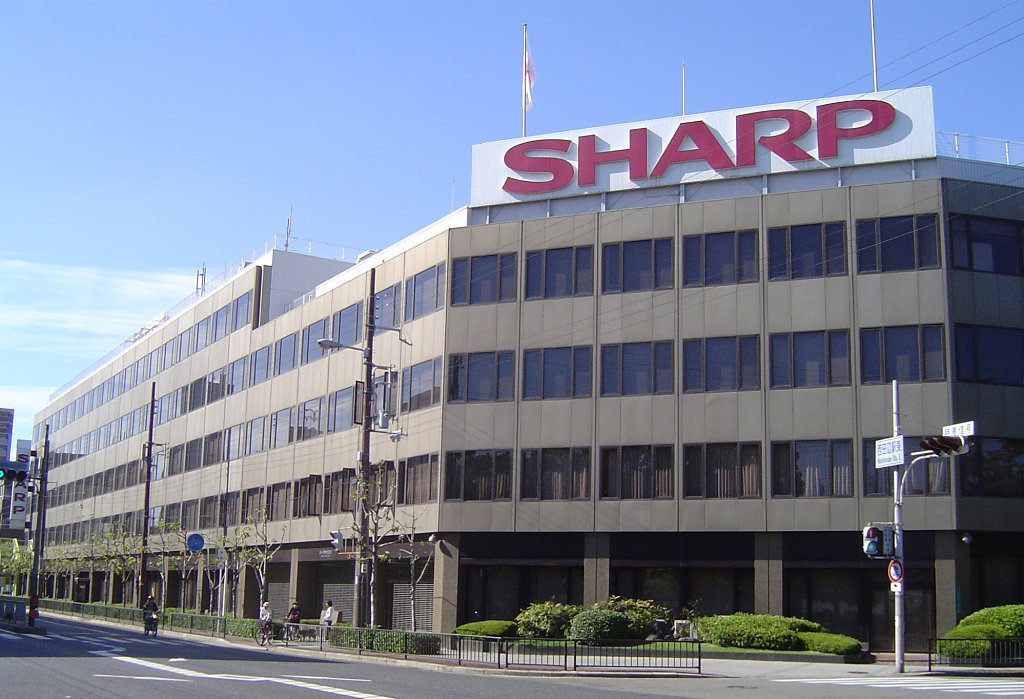
Sharp Headquarters, Source: Wikipedia
◆ Suggestion of Foxconn’s Own Brand Set Production Prospect
Foxconn, despite being a contract manufacturer, became widely known with great growth. As such, the company could branch out into producing sets under their own brand name. Furthermore, with the display mass production now possible with the Sharp takeover, this scenario is gaining traction. According to market experts, Foxconn is now able to expand its smartphone and TV set business. As Chinese set companies are rapidly growing to threaten Korean companies, the prospect of Foxconn’s set business cannot be ignored.
One display expert explained that as a key collaborator of Apple, Foxconn can successfully enter the smartphone panel market. He further analyzed that with Foxconn’s expertise in set production, their own brand set release is not too much to expect, and that this will be easier with the takeover of Sharp.

